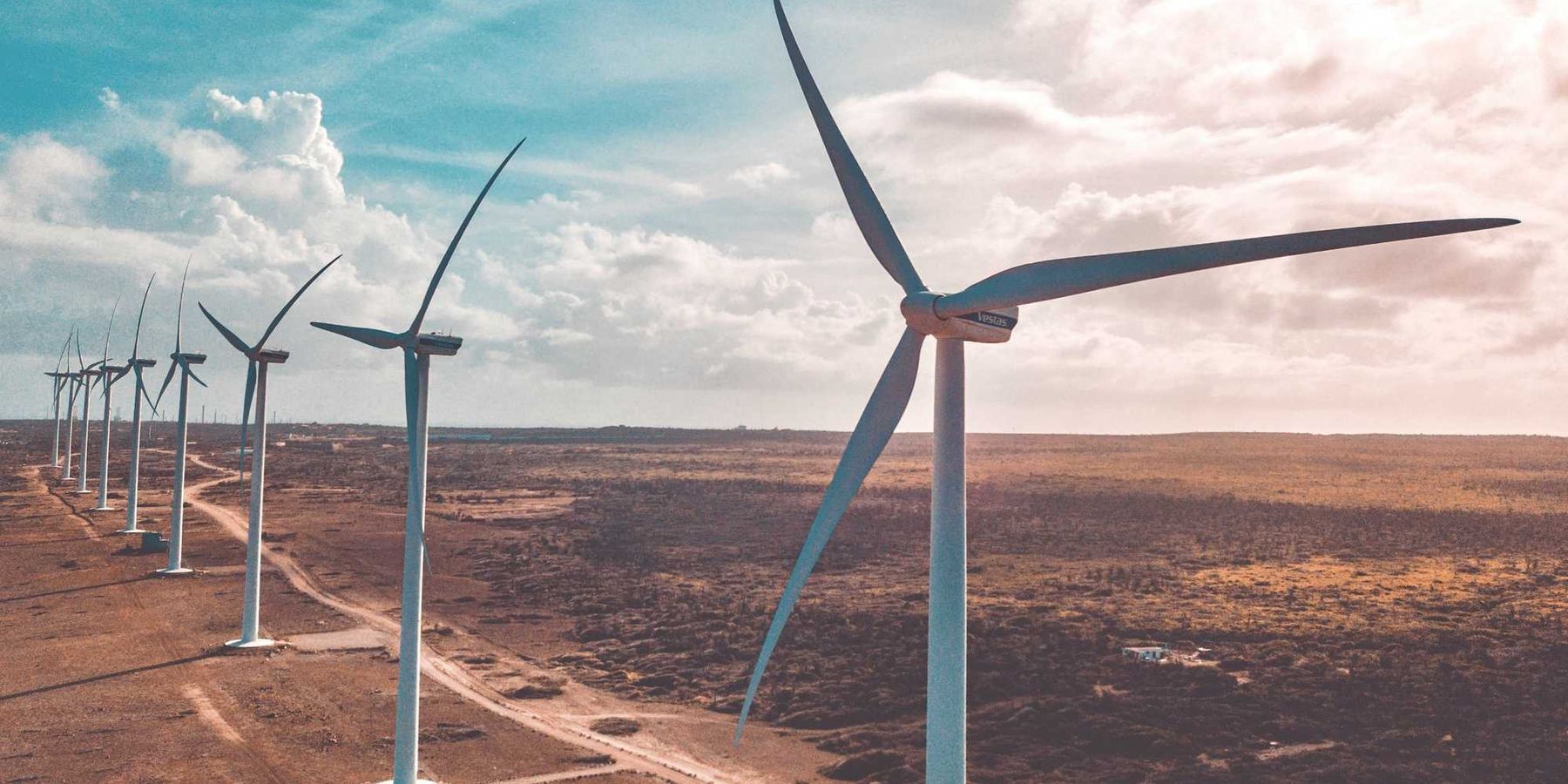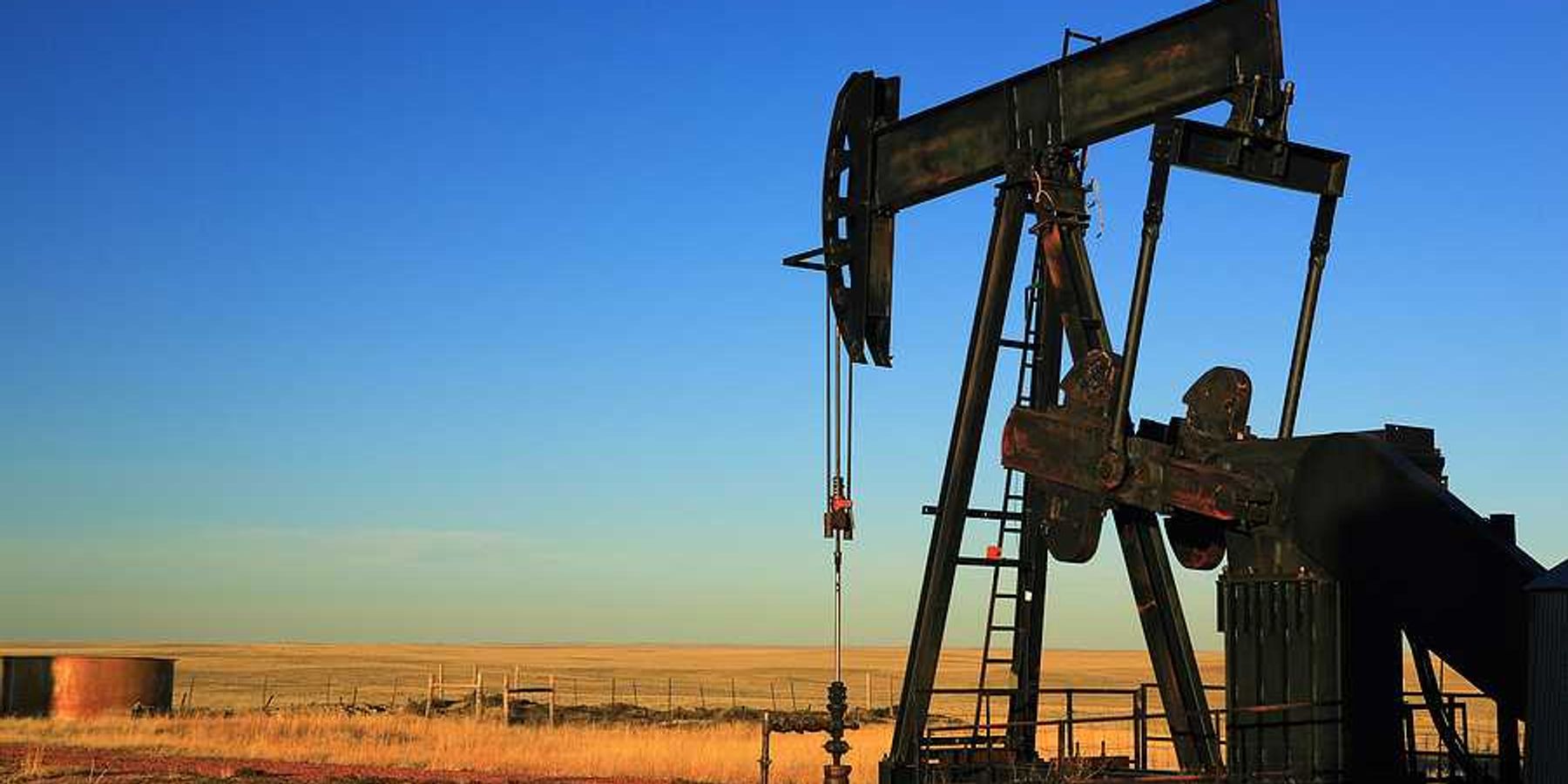Wildfires grow more severe in Canada's forests due to climate pressures
Rising temperatures and drier vegetation, driven by climate change, have made Canada’s forests increasingly prone to severe wildfires, according to new research.
Sharon Udasin reports for The Hill.
In short:
- Researchers analyzed 50 years of wildfire data and found that fuel aridity — how dry and flammable vegetation is — plays the biggest role in wildfire severity.
- The 2023 wildfire season burned 37 million acres, over seven times the annual average, with northern Canada experiencing the sharpest increases in burn severity.
- Experts stressed the need for cross-border collaboration to protect boreal forests, which store carbon and help regulate the climate.
Key quote:
"From an ecological perspective, the increase in fire activity in boreal forests...has raised grave concerns about the health and function of biomes that act as important carbon sinks."
— Jianbang Gan, Texas A&M University
Why this matters:
Boreal forests are vital for carbon storage and climate regulation. Rising wildfire activity threatens their ability to curb global warming and protect nearby communities, underscoring the need for international efforts to manage fire risks.
Related: Canada’s 2023 wildfires released more carbon than nearly all countries













